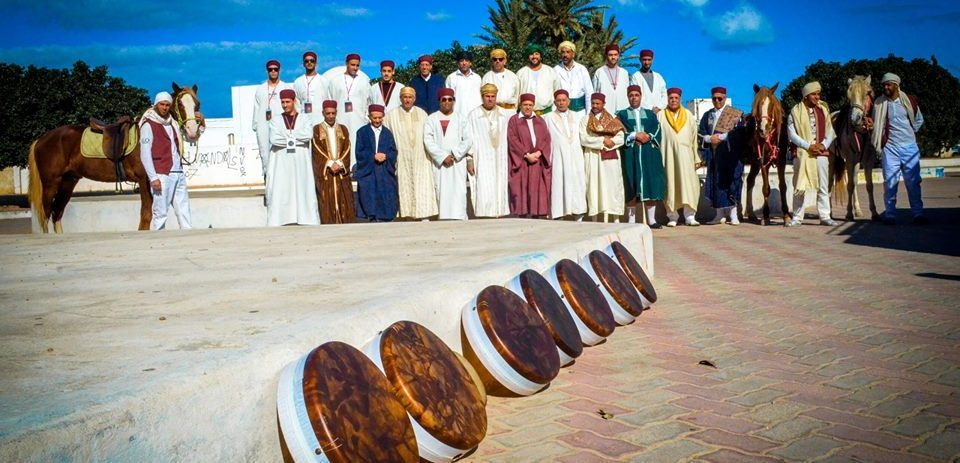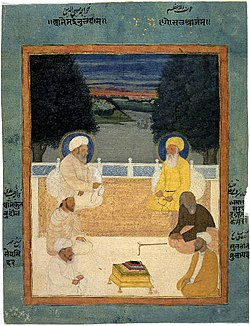- Published on
Whirling into the Divine Unveiling Morocco s Mystical Sufi Traditions
- Authors

- Name
- Adil ABBADI
Introduction
In the vibrant souks of Morocco, amidst the rich tapestry of Islamic, Arab, and Berber influences, lies a mystical tradition that has captivated the hearts of many. The Sufi whirling dervishes, with their hypnotic spinning and enchanting music, embody the very essence of Morocco's spiritual heritage. This ancient practice, rooted in the teachings of Rumi and the Sufi mystics, has been passed down through generations, weaving a thread of devotion, love, and unity.

- Cultural Context
- Traditional Significance
- Modern Relevance
- Cultural Preservation
- Conclusion
- Cultural Call-to-Action
Cultural Context
Morocco's unique blend of Sufism, a mystical branch of Islam, has its roots in the 12th century. The country's strategic location at the crossroads of Africa, Europe, and the Middle East made it a melting pot of cultures, allowing Sufism to flourish. The whirling dervishes, known as "Darawish" in Arabic, emerged as a distinctive feature of Moroccan Sufism, influenced by the teachings of Rumi and the Turkish Mevlevi Order.
Traditional Significance
The whirling dervishes' ritual, known as "Sema," is a spiritual journey that seeks to unite the individual with the divine. The spinning motion, accompanied by the rhythmic beat of the qraqeb and the haunting melodies of the ney flute, induces a state of trance, allowing the dervishes to transcend the material world and connect with the infinite. This sacred dance is not only a form of worship but also a means of purifying the soul, cultivating love, and fostering a sense of community.

Modern Relevance
In modern Morocco, the Sufi whirling traditions continue to thrive, adapting to the changing times while maintaining their essence. The dervishes' performances have become an integral part of cultural festivals, attracting tourists and locals alike. This fusion of spirituality and entertainment has helped to promote interfaith dialogue, cultural exchange, and mutual understanding.
Cultural Preservation
Efforts to preserve and promote Morocco's Sufi whirling traditions are underway. The country's Ministry of Culture has established programs to support the training of new dervishes, while cultural organizations and festivals provide a platform for the dervishes to share their art with a wider audience. Additionally, initiatives such as the Marrakech International Storytelling Festival and the Fez Festival of World Sacred Music have helped to raise awareness about the significance of this unique cultural heritage.

Conclusion
Morocco's Sufi whirling traditions are a testament to the country's rich cultural diversity and spiritual heritage. This mystical practice, with its captivating rhythms and mesmerizing spinning, continues to inspire and unite people across cultures and faiths. As we delve into the world of the whirling dervishes, we are reminded of the power of music, movement, and devotion to transcend boundaries and connect us with the divine.
Cultural Call-to-Action
As we celebrate the beauty of Morocco's Sufi whirling traditions, let us also acknowledge the importance of preserving and promoting cultural heritage. Let us support the efforts of cultural organizations, festivals, and initiatives that work tirelessly to safeguard this precious legacy. By embracing and appreciating the diversity of Morocco's spiritual traditions, we can foster a deeper understanding of the country's rich cultural tapestry and our shared humanity.
